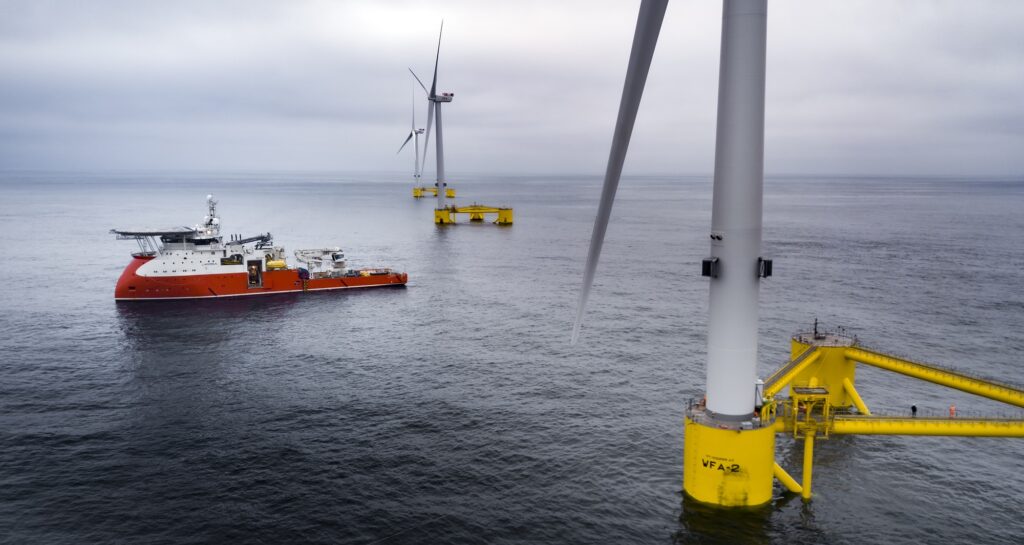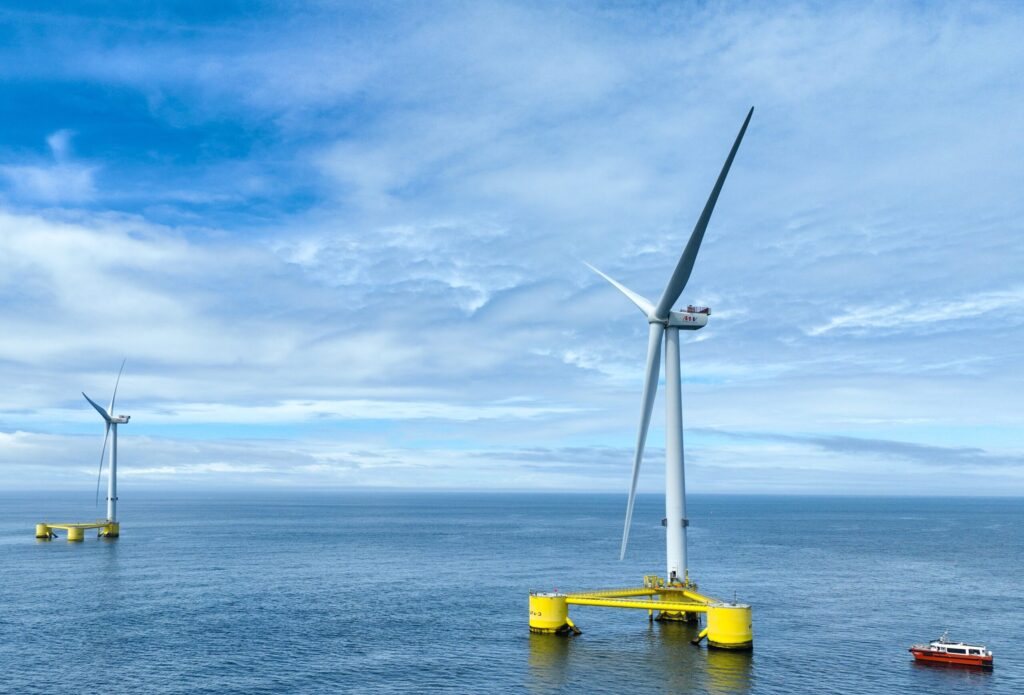The UK has set challenging targets for offshore wind deployment, with ambitions to deploy 50GW of offshore wind by 2030, of which up to 5GW would be floating offshore wind capacity. The increasing scale of offshore wind technology is creating new demands of ports and vessels.
This is particularly notable in the area of floating offshore wind where the marshalling and assembly port plays a much more significant role in project delivery, and the floating substructures are larger than their fixed equivalents. This, coupled with the increased rate of offshore wind deployment required to deliver Net Zero, means that significant development of additional port capacity is required to deliver 2030 targets and beyond.
This report has identified the key barriers to investment in major port and manufacturing infrastructure, and the factors which impact the competitiveness of these facilities in the UK, in an international context.





